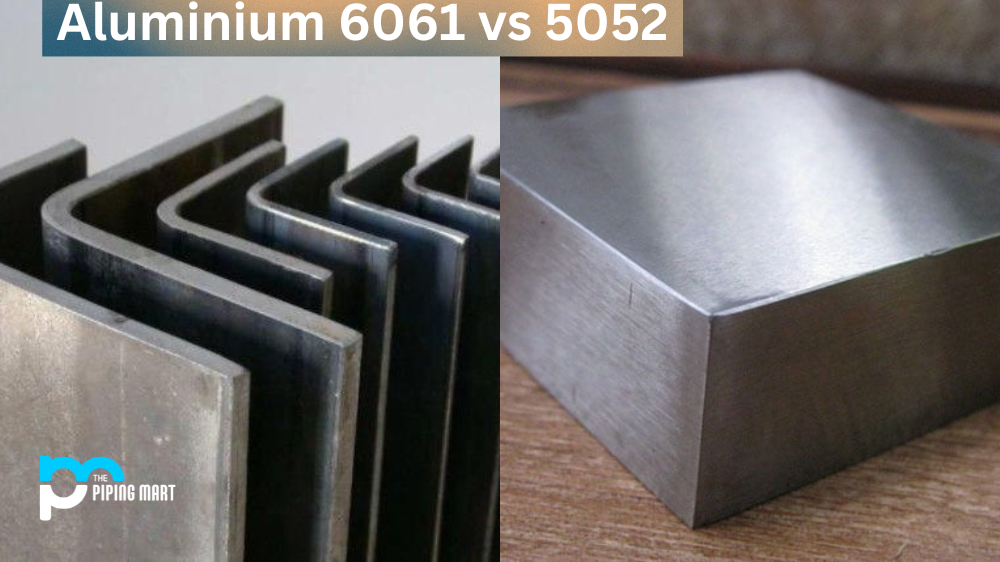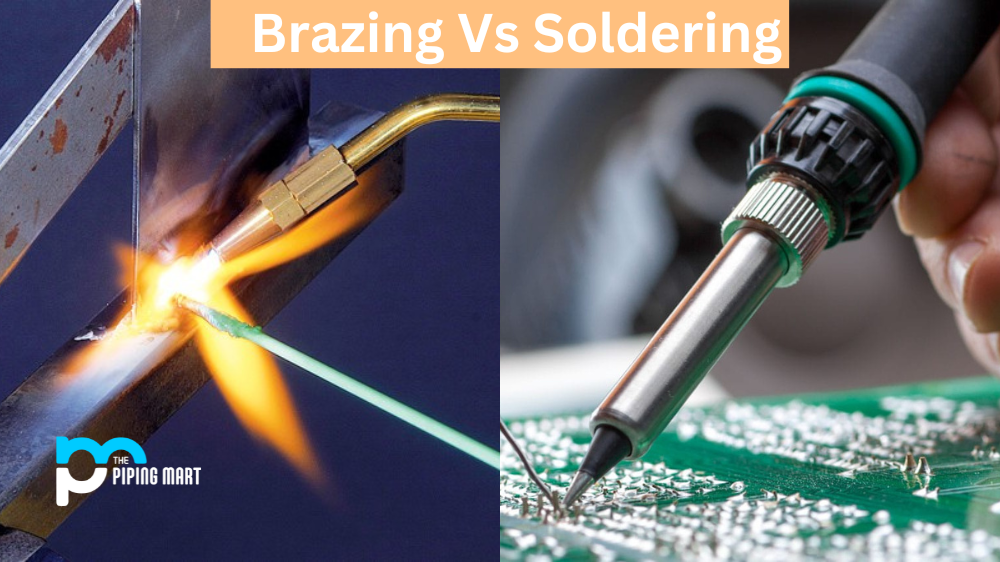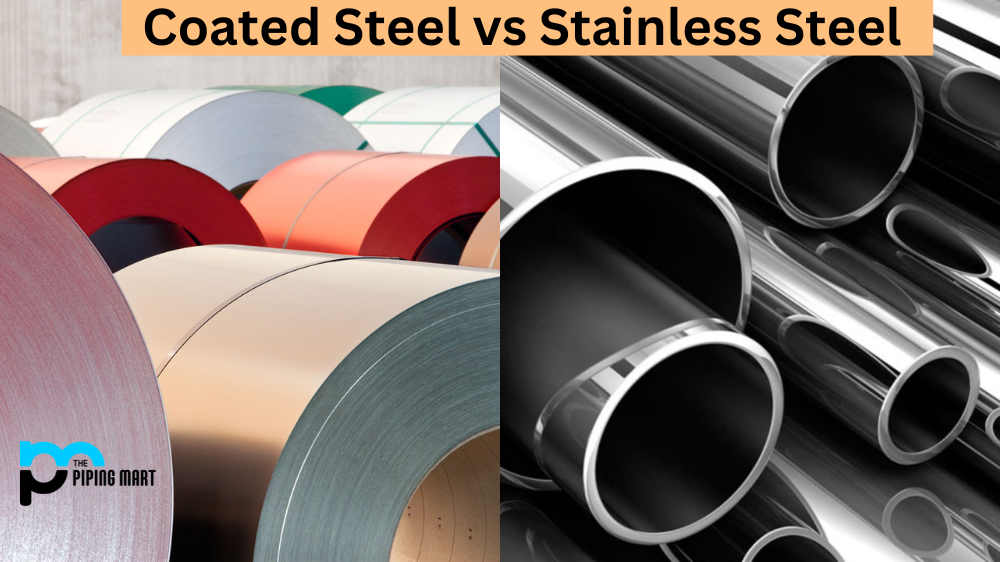When it comes to choosing the right type of aluminum for a project, it can be difficult to know which one is the best. There are two main types of aluminium used in industrial applications – aluminum 6061 and Aluminium 5052. But what’s the difference between them? Let’s take a look at the key features that make these two types of aluminum unique.
Aluminum 6061
Aluminium 6061 is an alloy that contains magnesium and silicon as its main alloying elements. It is a highly versatile alloy that can be used in a variety of applications, including automotive parts, aircraft structures, and boat hulls.
Aluminum 5052
Aluminium 5052 is an alloy that contains magnesium and chromium as its main alloying elements. It is a highly corrosion-resistant alloy that is often used in marine applications, such as boat hulls and shipbuilding.
Difference Between Aluminium 6061 and 5052
aluminum 6061 is an alloy that consists of magnesium and silicon as its major alloying elements. It has excellent welding characteristics and is often used to build aircraft, boats, bicycles and automotive parts. It has good corrosion resistance, making it an ideal choice for outdoor applications such as bridges and buildings.
Aluminium 5052 is an alloy that consists primarily of magnesium with small amounts of chromium, copper and zinc added for strength. It is less strong than aluminum 6061 but has better formability and corrosion resistance. This makes it perfect for applications where strength isn’t as important, such as pressure vessels, fuel tanks and enclosures.
Cost Differences
One advantage that Aluminium 5052 has over aluminum 6061 is cost: while they both have similar prices per pound when purchased in bulk quantities, Aluminium 5052 tends to be cheaper in smaller quantities due to its lower material cost per unit weight. The difference in cost between these two alloys can be significant when purchasing only small amounts since the price per pound drops significantly when buying large quantities. This makes aluminum 5052 more attractive for small-scale projects where cost savings are important.
Strength & Weight Differences
Another factor to consider when choosing between aluminium alloys is strength and weight. While both alloys are relatively lightweight compared to other metals like steel or iron, they differ significantly in terms of strength-to-weight ratios: while aluminum 6061 offers a superior strength-to-weight ratio (it’s about twice as strong), it’s also much heavier than Aluminium 5052 (about 20% heavier). If you need a metal that offers superior strength without adding too much weight, then aluminum 6061 would be a better choice for your project; however, if you need something light but still strong enough, then Aluminium 5052 might be a better option for you.
Composition
One of the primary differences between 6061 and 5052 aluminium is their composition. As mentioned above, 6061 aluminum contains magnesium and silicon as its main alloying elements, while 5052 aluminium contains magnesium and chromium. This difference in composition gives each alloy different properties that make them suitable for different applications.
Strength
One of the most notable differences between 6061 and 5052 aluminum is its strength. Aluminium 6061 is much stronger than 5052 aluminium, making it ideal for applications where high strength is required, such as automotive parts or aircraft structures. However, 5052 aluminum has superior corrosion resistance to 6061 aluminium, making it the better choice for marine applications.
Weldability
Another important difference to consider when choosing between 6061 and 5052 aluminium is weldability. aluminum 6061 has good weldability, meaning that it can be easily joined to other metals using welding techniques. On the other hand, 5052 aluminum has poor weldability and is difficult to weld to other metals. This difference is due to the different compositions of the two alloys; the silicon in 6061 aluminium helps to improve its weldability, while the chromium in 5052 aluminum hinders welding.
Corrosion Resistance
As mentioned above, one of the key advantages of 5052 aluminum over 6061 aluminium is its superior corrosion resistance. This difference is due to the fact that chromium forms a thin oxide layer on the surface of the metal when exposed to oxygen, which protects the metal from further corrosion. Additionally, 5052 aluminium has higher levels of chromium than 6061 aluminum, giving it even better corrosion resistance.
Machinability
Another factor to consider when choosing between 6061 and 5052 aluminium is machinability; this refers to how easily a material can be cut, drilled, or otherwise machined. Aluminium 6061 has good machinability, while 5052 aluminum has poor machinability. This difference is due to the different compositions of the two alloys; the silicon in 6061 aluminum helps to improve its machinability, while the chromium in 5052 aluminium hinders it.
Conclusion:
Ultimately, when selecting the right type of aluminum for your project, there is no “right” answer—it will depend on your specific needs and budget constraints. However, by understanding the key differences between these two types of aluminium—cost and strength-to-weight ratio—you will be able to make an informed decision about which one is best suited for your project needs. Keep in mind that each type has its advantages and disadvantages, so weigh them carefully before making your decision!
Sakshee is a talented blogger, with a particular focus on the Business and Metal Industry. She is passionate about sharing her insights on various metal products and helping professionals to make a better decisions.




